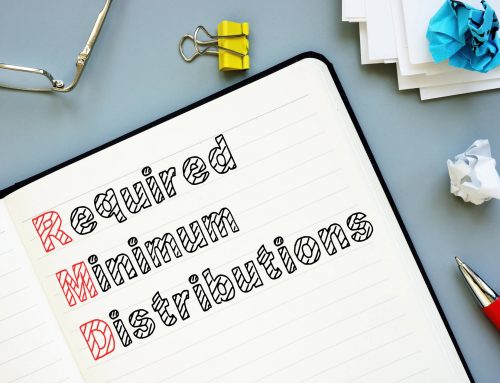If you are age 50 or older and still working, you have a valuable opportunity to super-charge your retirement savings while managing your income tax liability. Catch-up contributions offer the chance to invest amounts over and above the standard annual limits in IRAs and workplace retirement plans.
2023 Limits
In 2023, the IRA catch-up limit is an additional $1,000 over the standard annual amount of $6,500. Participants in 401(k), 403(b), and government 457(b) plans can contribute an extra $7,500 over the standard limit of $22,500. For SIMPLE plans, the catch-up amount is $3,500 over the standard limit of $15,500. 1
Tax Benefits
Contributions to traditional workplace plans are made on a pre-tax basis, which reduces the amount of income subject to current taxes. Contributions to traditional IRAs may be deductible, depending on certain circumstances.
If you are not covered by a retirement plan at work, your traditional IRA contributions are fully tax deductible. If you are covered by a workplace plan, you may deduct the full amount if your adjusted gross income is $73,000 or less as a single taxpayer or $116,000 or less if you’re married and file jointly. If you are not covered by a workplace plan but your spouse is, you are eligible for a full deduction if you file jointly and your income is $218,000 or less. 2
Contributions to Roth accounts do not offer immediate tax benefits, but qualified distributions are tax-free at the federal, and possibly state, level. A qualified distribution is one made after the account has been held for five years and the account owner reaches age 59½, dies, or becomes disabled.
Distributions from traditional accounts prior to age 59½ and nonqualified distributions from Roth accounts are subject to ordinary income taxes and a 10% penalty, unless an exception applies.
Still Time for 2022 Contribution
If you qualify, you can make a deductible IRA contribution for 2022 up until the tax filing deadline on April 18, 2023. The total contribution limit for someone age 50 or older in 2022 is $7,000. You can open a new IRA or invest in a current one, but be sure to specify the contribution is for the 2022 tax year. The income limits for a full deduction in 2022 are $68,000 for single taxpayers, $109,000 for married taxpayers filing jointly, and $204,000 for taxpayers who aren’t covered by a workplace plan but their spouse is. 2







